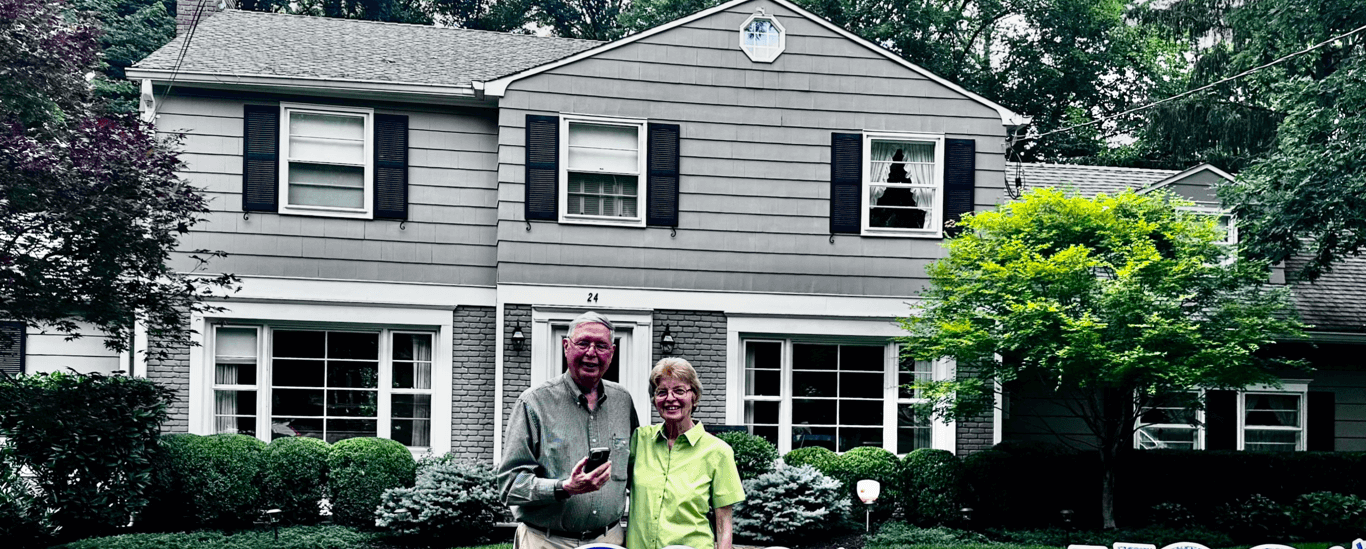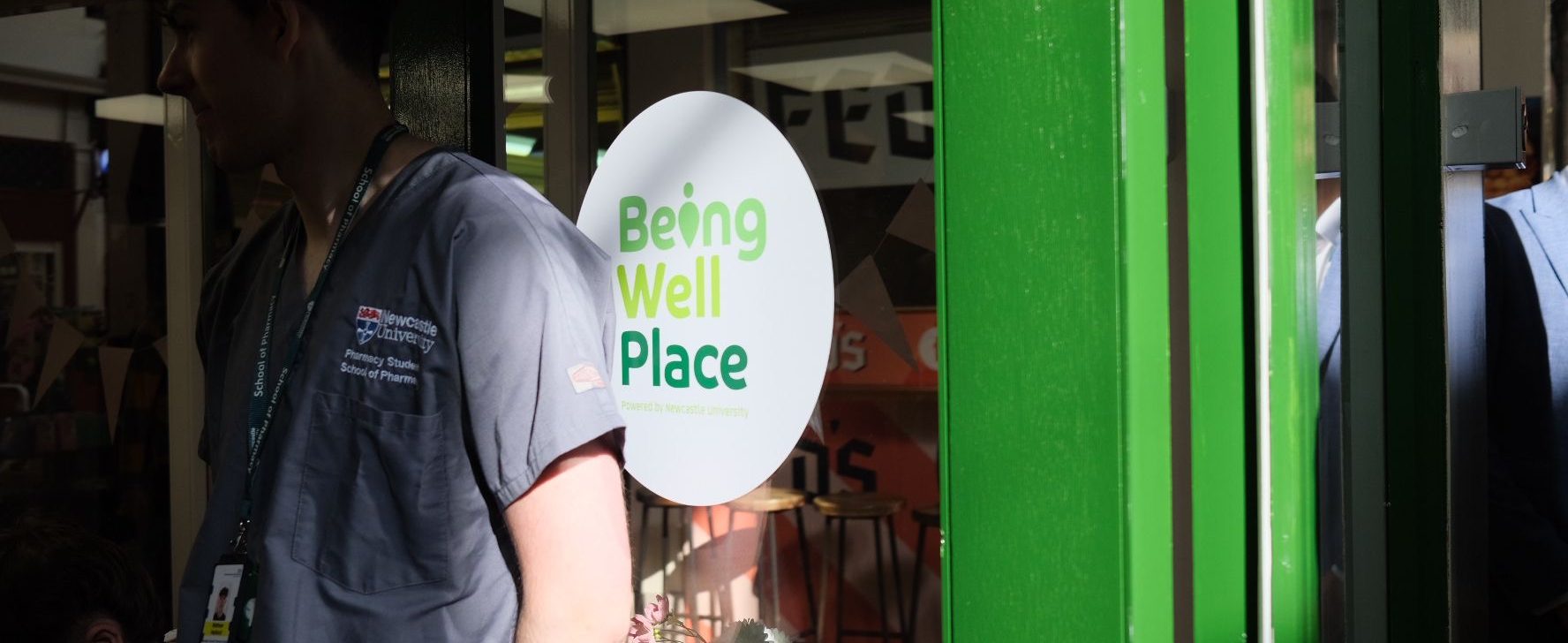Harold W. Burlingame has been the board chairman of Innovation Resource Center for Human Resources (IRC4HR) since 2003. He currently also serves on the boards of Muskingum University (where he is past chairman), and Pittsburgh Theological Seminary. Previously, Hal spent more than 40 years at AT&T Corp. where he served as executive vice president of Human Resources, and as senior executive advisor for AT&T Wireless. Hal recently served on the boards of Cornerstone-on-Demand and UniSource Energy Corporation and is a past chairman of the National Academy of Human Resources (NAHR), having been elected a member in 1993 and named a distinguished fellow in 2006. He also sits on the advisory board of the Heldrich Center for Workforce Development at Rutgers University.
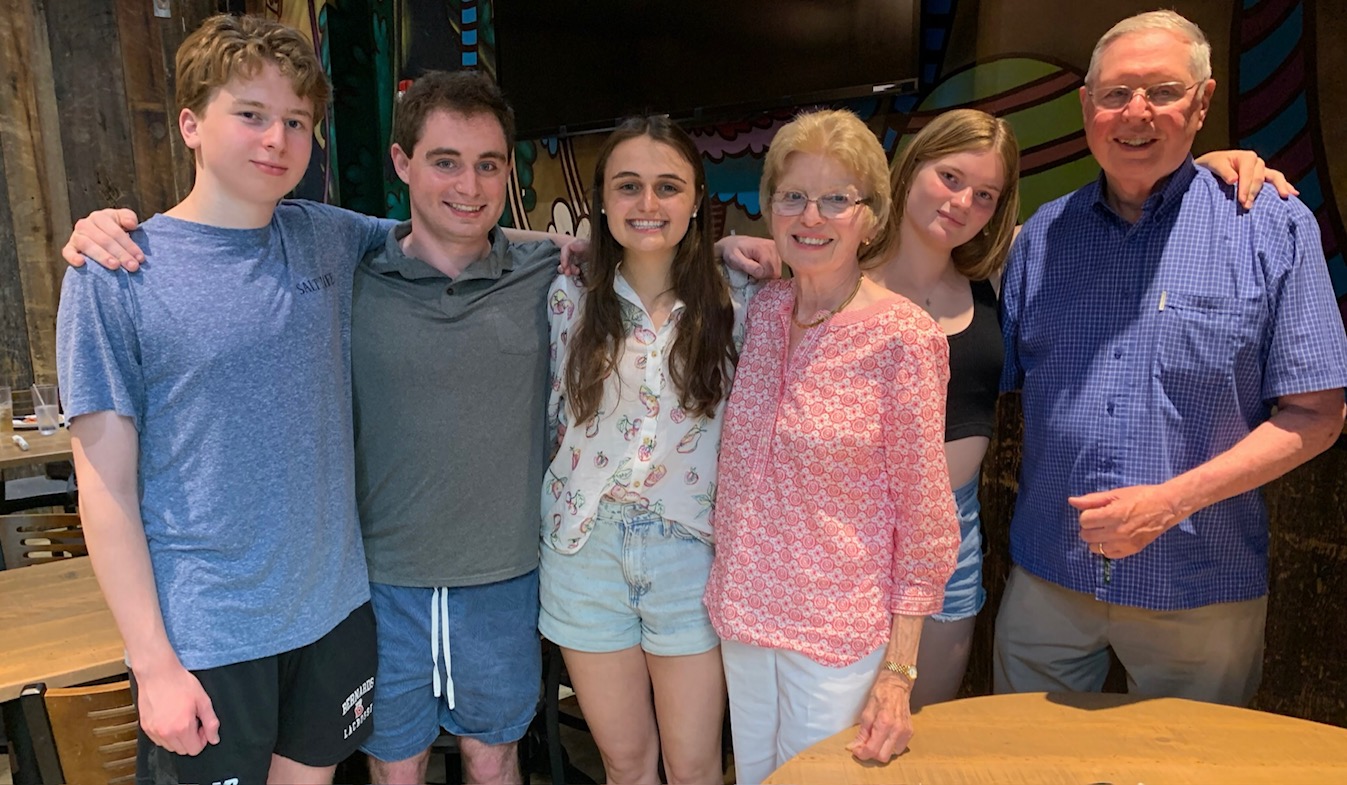
Hal and Sue and their grandchildren
When questioned about his current endeavors, Hal’s response resonates with an infectious energy. “Retirement? Oh, I’ve certainly flunked it many times,” he chuckles, the lines on his face portraying the joy of a life well-lived. “I am still keeping engaged and having a good time.” Despite having retired, Hal remains a man on the move. His roles as a father, husband, and grandfather have seamlessly woven into the fabric of his life.
“Home? That’s an interesting question,” Hal muses when asked. His eyes twinkle with the wisdom of sixty years spent side by side with his wife (they have just celebrated their 60th wedding anniversary). “It’s where my wife and I find our centre.” For Hal, home extends beyond the physical space; it embodies a network of relationships that hold importance—relationships within the neighborhood, within the faith community, and even professional connections from his previous workplaces, where he still maintains strong ties with former colleagues.
“Our home holds a unique significance, especially after having moved six times in a span of ten years while establishing my career.” Chatham, New Jersey, where he lives now embodies this essence of community and relationships so clearly important to Hal’s feeling of home. “The community where we live has undergone significant changes. We find ourselves now in the ‘grandparents’ tier, surrounded by a mix of young families who have recently moved in.” He talks about how the COVID-19 pandemic brought about a unique opportunity for connection where he lives. “During that time, as everyone was walking and engaging more within the neighborhood, we had the chance to get to know many more people living nearby.”
Home isn't confined to this one geographical place.
However, home isn’t confined to this one geographical place. “In my heart, Ohio holds a special significance—it’s where my wife and I spent around 40 years before moving to New Jersey. I grew up on a farm there, and even now, I maintain enduring friendships.” He goes on to share that “these two worlds—New Jersey and Ohio—form the core of what I consider home. It’s not just about where I presently live, but the memories, relationships, and experiences from both places. Ohio represents my roots, while New Jersey signifies my current chapter.”
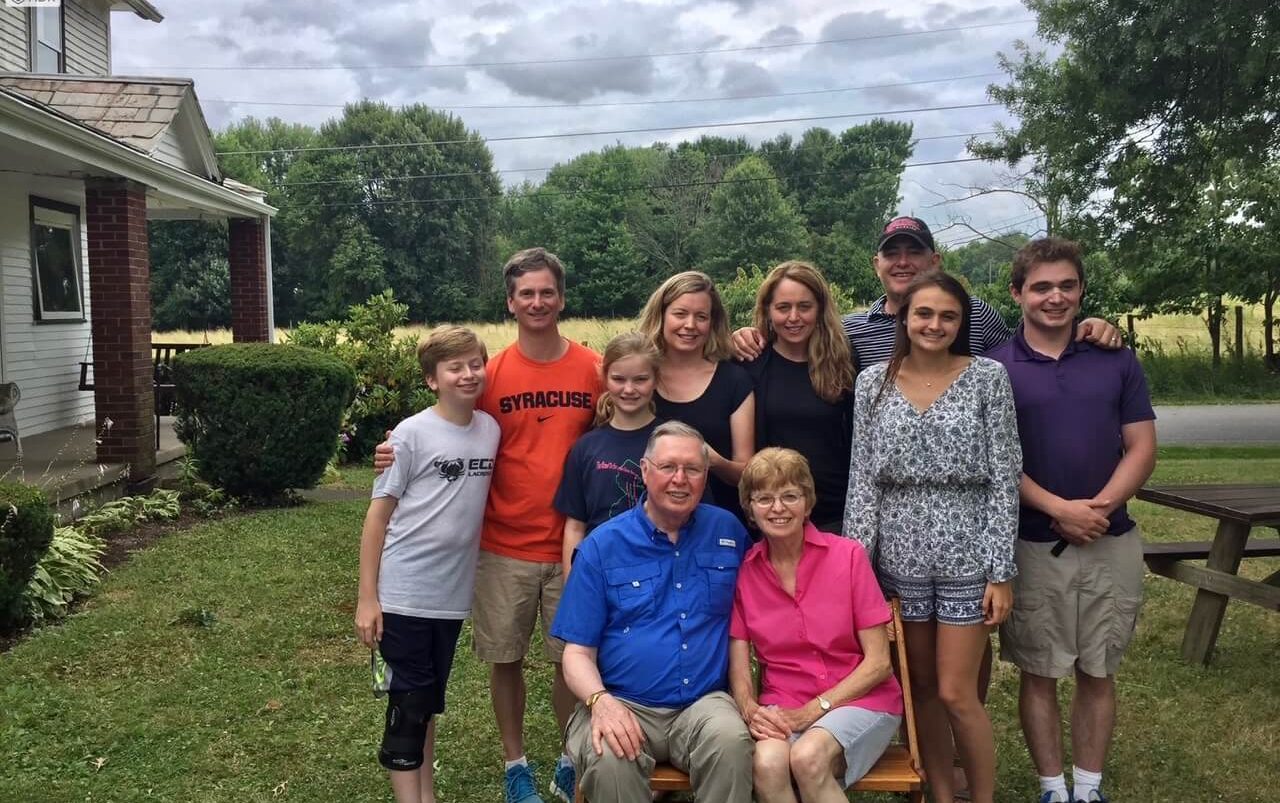
Hal and his immediate family at his brother's in Ohio
I ask Hal whether there have been any significant changes in home for him in recent times? “Absolutely,” says Hal. “One notable change over time has been my shift to operating out of a home office.” Hal shared that previously, he would be away during weekdays but present at home during evenings and weekends but that now with the ability to work entirely from home, this has altered the dynamic. “It’s an adjustment for my wife, who must adapt to my constant presence here,” he chuckles warmly, acknowledging the shift with humour.
“We manage just fine navigating the house, but we're mindful that there might come a time when such changes become necessary.”
We talk about potential adaptations to his home to enable him to stay in his own home. “At our age, in our early 80s, my wife and I consider ourselves quite fortunate for the good health we presently enjoy. Realistically speaking, when contemplating the future, we’ve thought about potential modifications to ensure our continued comfort and accessibility. For instance, I’ve pondered the idea of a single-floor house or even the installation of an elevator within our current home. Presently, we manage just fine navigating the house, but we’re mindful that there might come a time when such changes become necessary.”
It sounds like you’ve given it considerable thought, I tell Hal. “Yes, my wife and I often have conversations about potential living arrangements if our health were to change. Presently, we both strongly feel a desire to remain in our home. Thinking of my wife’s mother, who made a deliberate choice to move into an assisted living facility at 98 and managed to thrive until 103, it’s clear that adaptability is key. Moreover, longevity seems to run in our family, with our parents living well into their 90s, yet our lives and circumstances might differ from theirs. They grew up in rural areas while we’ve been more connected to urban or suburban environments.”
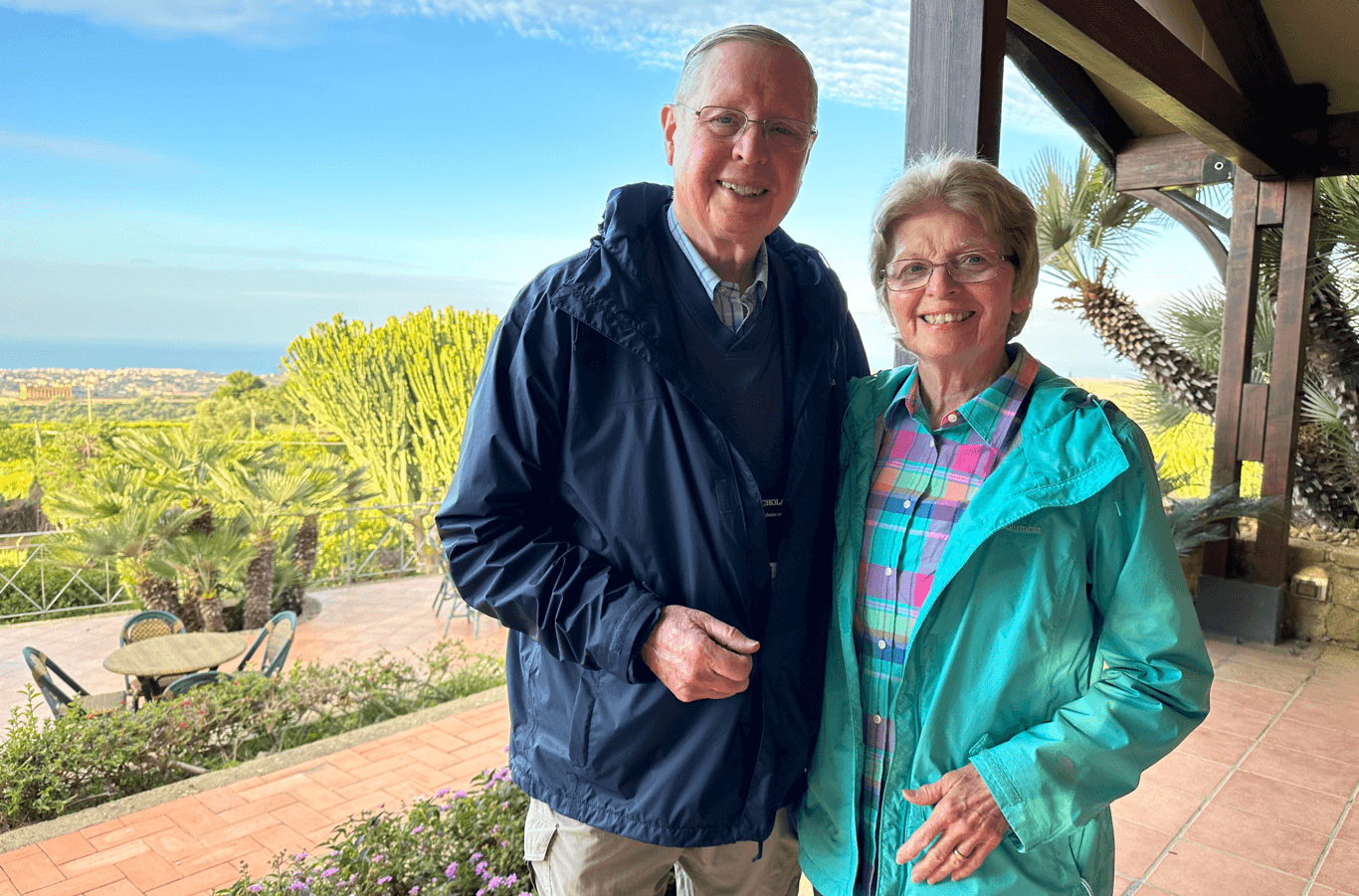
Hal and Sue
Hal continues, “One significant factor that we have talked about, and which reinforces our decision to stay here, was the sobering reality brought about by the COVID-19 pandemic. The precariousness and risks associated with communal living spaces during that time made such options so much less appealing to both of us.”
We turn to technology which clearly intrigues Hal. He sees technology as a way to monitor and ensure his and his wife’s safety if their health radically changes. “For instance,” he says while showing me his watch, “I wear an Apple Watch which has a feature that alerts emergency services if I happen to fall. This proved helpful once when I tripped in the garage. I received a prompt asking if I needed assistance or if they should contact 911. These kinds of advancements could become increasingly crucial with age.” However, Hal is clearly someone who believes in using technology and medical tests to gain as much insight as possible into health and well-being. Thinking about his children when asked if they would like monitors in their parents’ homes, he laughs and says, “I have one daughter who would probably want us to place monitors in every room of our home.”
It's about openness, community—a reflection of the values that shaped our lives."
We continue to talk about children, and we explore the idea of multigenerational living. “We experienced that during a family crisis,” Hal reminisces. “There was a time, when one of our daughters and her children faced health challenges. They were living just a block away which it made so easy to offer support.” We talk about the potential loss of family connections in more Westernised societies where larger houses, greater distances between family members, and different lifestyle choices have become more prevalent. However, Hal still believes that in rural areas, especially some parts of America, families residing in the same house or close to generations is still a prevalent practice.
We end with what Hal’s ideal lifetime home would be. “If I could design a lifelong dream home,” Hal ponders, “it would embrace the future of technology, nurture connections, and accommodate family gatherings without extravagance. It’s about openness, community—a reflection of the values that shaped our lives.”

 &
& 
